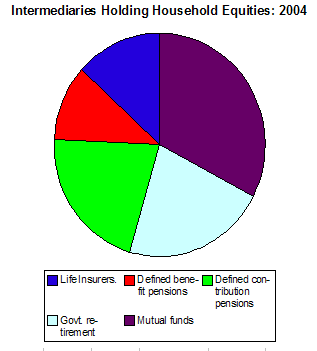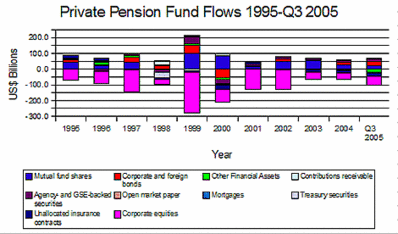Pension Fund Accounting Rules Tightened … Again
by John Schroy filed under Municipals, Corporate Bonds, Equities, Corporate Managers, Government Officials, Fund Managers
On April 1, 2020, the financial news trumpeted that the FASB was taking, as Andrei Postelnicu put it in the Financial Times, ’significant steps in reforming the way companies report pension liabilities.’
The Financial Times article (FT.com, April 1, 2020) goes on to say,
‘The move aims to increase the transparency of financing for certain pension plans and replace a system in which the balance sheet “almost always” fails to reveal the true state of those benefit plans, according to the Financial Accounting Standards Board.’ However, this change in accounting standards only represents a further slow tightening of the screws regarding the way pension liabilities are reported — a step in a long, excruciating journey that has been underway for decades.
According to this summary on the FASB website:
FASB Concepts Statement No. 5, Recognition and Measurement in Financial Statements of Business Enterprises, paragraph 2, indicates that “the Board intends future change [in practice] to occur in the gradual, evolutionary way that has characterized past change.”
The GASB is taking similar, but not identical steps in requiring more truthful accounting of public pension funds.




